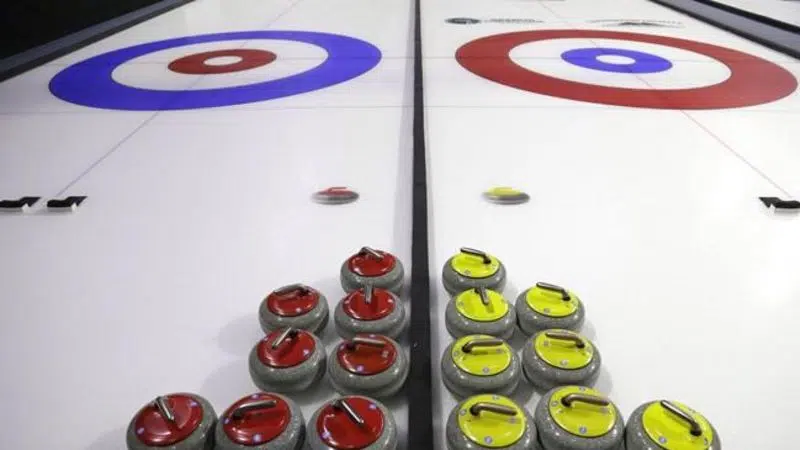
Changes proposed for Canadian junior curlers get petition pushback
Upcoming changes to the Canadian junior curling championships are facing resistance as some young curlers lament losing a year of eligibility to play in it.
Curling Canada announced last October it will shift the national junior championship starting in 2021 from January to March — which is after the world junior championship — and make it an under-20 competition instead of the current under-21 event.
An online petition criticizing the move launched in January and almost 5,000 have signed.


